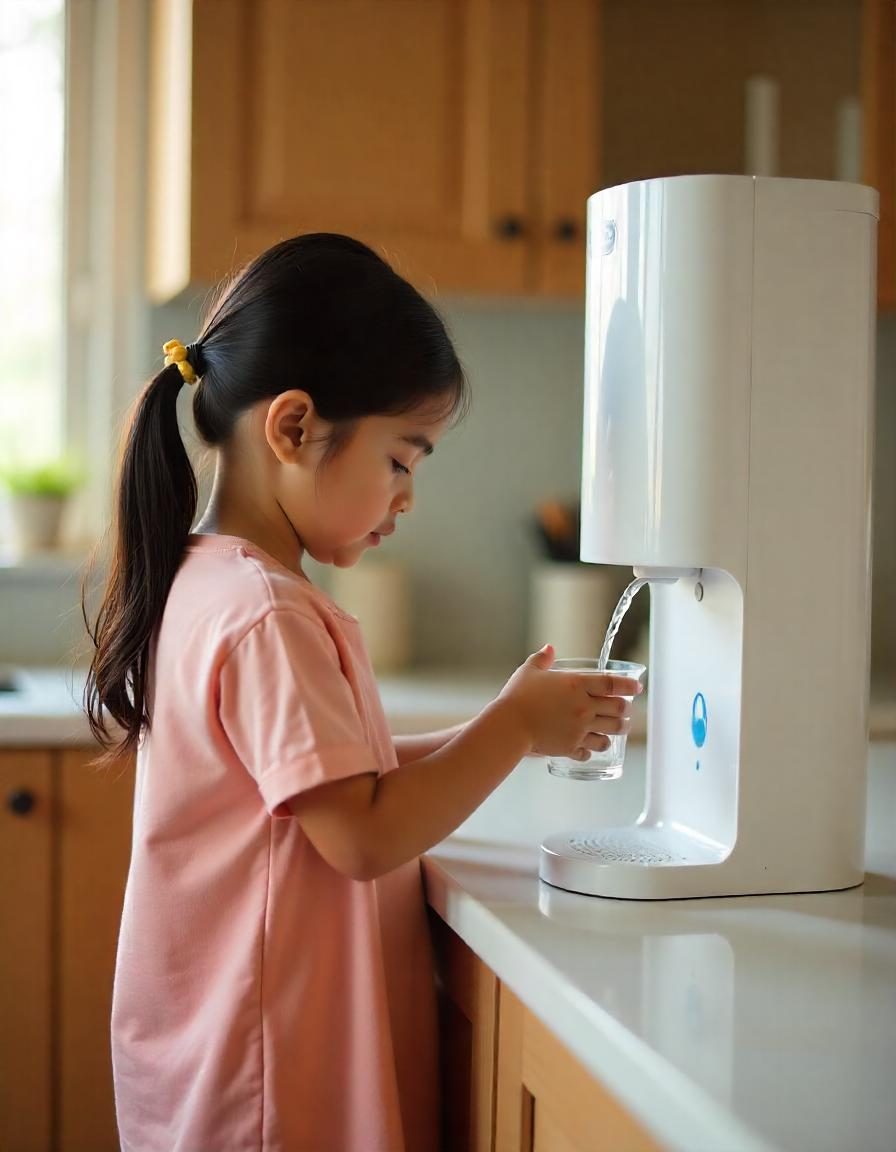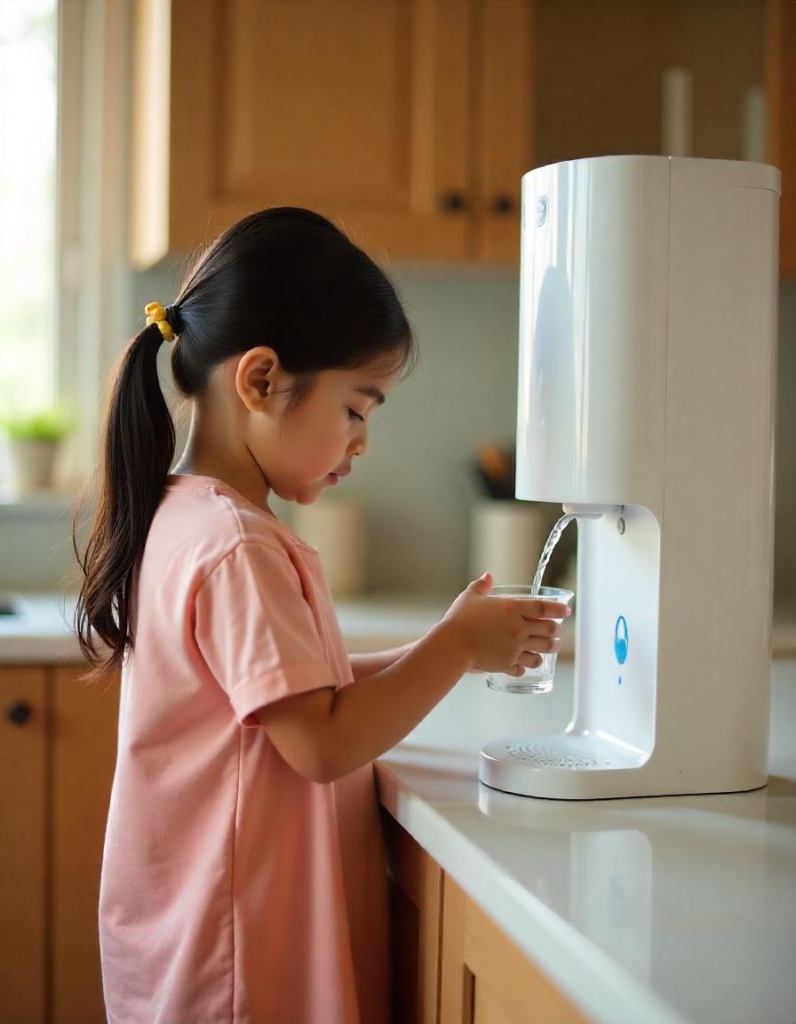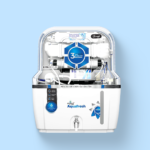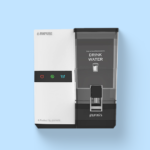Special OFFER! FREE Delivery in Delhi! Offer valid till 31st December.


1. High Contamination Levels![]()
- Indian groundwater and municipal water often contain harmful contaminants like arsenic, lead, fluoride, and nitrates (common in states like West Bengal, Punjab, and Rajasthan). RO systems effectively remove dissolved impurities.
2. Excessive Total Dissolved Solids (TDS)
- Many regions have water with high TDS levels (above 500 ppm), causing a salty or bitter taste. RO purifiers reduce TDS, ensuring safe and palatable drinking water.
3. Bacterial & Viral Contamination
- RO systems often combine UV/UF filtration to eliminate bacteria (e.g., E. coli), viruses, and cysts, which are common in untreated water due to poor sanitation.
4. Industrial Pollution
- Industrial waste and pesticides (e.g., in agricultural states) seep into groundwater. RO removes chemical pollutants like chlorine, pesticides, and heavy metals.
5. Unreliable Municipal Water Supply
- Even treated municipal water can get contaminated during distribution via leaky pipes or storage tanks. RO adds an extra layer of safety.
6. Hard Water Issues
- Areas with hard water (high calcium/magnesium) cause scaling in appliances and health issues like kidney stones. RO softens water by removing excess minerals.
7. Fluorosis Prevention
- Excess fluoride in water (common in Telangana, Rajasthan, etc.) leads to dental/skeletal fluorosis. RO effectively reduces fluoride content.
8. Monsoon-Related Contamination
- Rainwater runoff during monsoons increases risks of waterborne diseases (cholera, typhoid). RO ensures consistent purity year-round.
9. Better Taste & Odor
- RO removes unpleasant tastes/smells caused by sulfur, chlorine, or organic matter, making water more refreshing.
10. Cost-Effective Long-Term Solution
- While RO systems have upfront costs, they’re cheaper than buying bottled water daily. They also reduce health expenses from waterborne illnesses.


